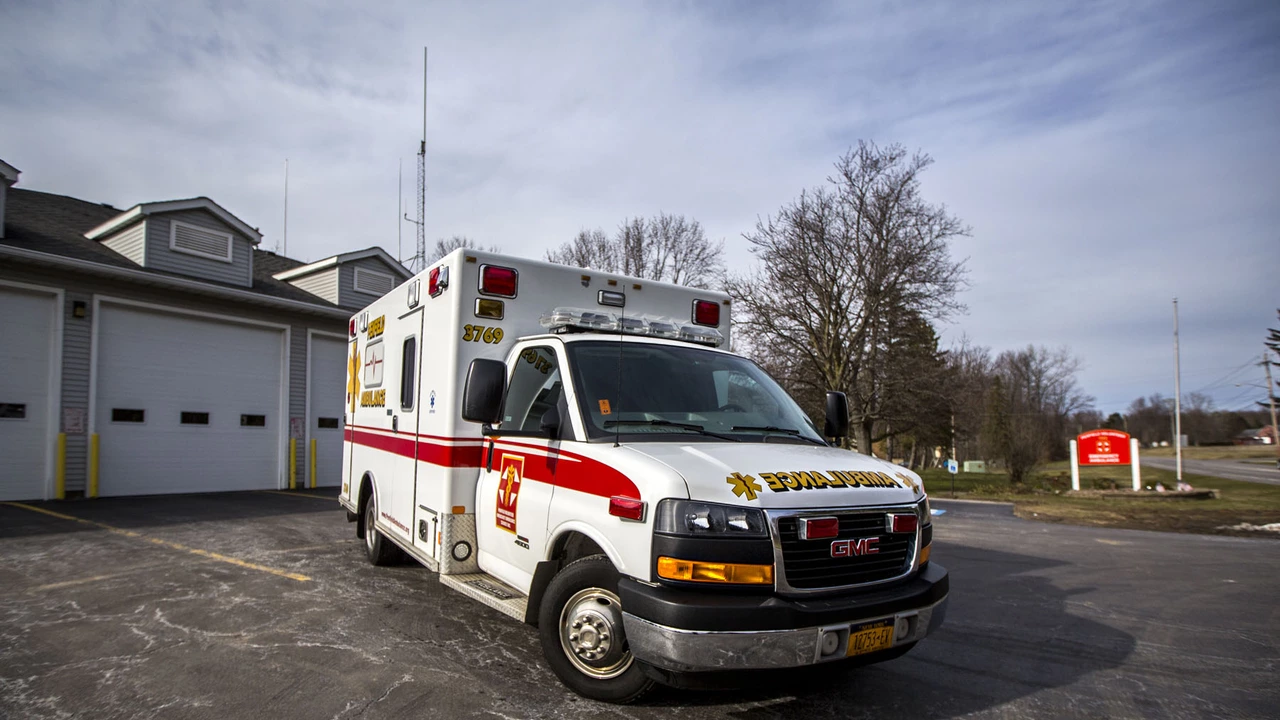Can a family member ride in the back of an ambulance?
Posted on Jul 22, 2023 by Caden Whitlock

Understanding Ambulance Services
In essence, an ambulance is a medical transportation vehicle designed to transport patients to a medical facility, usually a hospital. The primary purpose of an ambulance is to provide immediate medical care to the patient during transportation. It is staffed by trained medical professionals who can handle emergencies and deliver immediate medical care.
As a rule, ambulances are designed to accommodate only the patient and the medical team. This is primarily to ensure the patient's safety and to allow the medical team to work without any obstacles. However, there are circumstances when a family member might be allowed to ride along. Let's delve into this a little more.
Typical Policies and Procedures
The decision to allow a family member to ride in the ambulance is usually made on a case-by-case basis. It often depends on the specific policies of the ambulance service provider and the condition of the patient. In most cases, ambulance services tend to discourage family members from riding in the ambulance for various reasons.
This policy is primarily in place to ensure the safety and the privacy of the patient. The medical team must be able to work without distractions to provide the best care to the patient. They also need to maintain a sterile environment, which could be compromised with more people in the vehicle.
The Patient's Condition
In certain situations, a family member may be allowed to ride in the ambulance. For instance, if the patient is a minor, a parent or guardian is often allowed to accompany the child. Similarly, in the case of elderly patients or patients with special needs, a family member may be allowed to ride along to provide comfort and reassurance.
However, if the patient is in critical condition and requires intensive medical care during the ride, family members are usually not allowed. The medical team needs all the space and quiet they can get to focus on stabilizing the patient.
Riding Up Front
In some situations, a family member may be allowed to ride in the front of the ambulance with the driver. This is often the case when the patient is a child or someone who needs emotional support. However, the person riding up front generally has to be calm and able to handle the stress of the situation.
While riding up front, it's important to remember that you are in a working emergency vehicle. There may be times when the driver will need to focus entirely on the road. You should always follow their instructions and not interfere with their work.
Comforting the Patient
Seeing a loved one in distress is hard, and it's natural to want to be with them. If you are allowed to ride in the ambulance, your main role will be to provide comfort to the patient. You can do this by holding their hand, speaking calmly to them, or simply being present.
However, it's important to remember to stay calm yourself. If you are visibly upset, it can make the patient more anxious. Additionally, you should never interfere with the medical team's work. They are there to help and know what they're doing.
Following the Ambulance in Your Vehicle
If you're not allowed to ride in the ambulance, you can follow it in your own vehicle. This way, you can be there as soon as your loved one arrives at the hospital. Just remember to drive safely and obey all traffic laws.
It's also a good idea to have someone else drive if you're too upset. It's important to keep yourself safe as well.
Understanding the Reasoning
If you're not allowed to ride in the ambulance, it might feel like you're being excluded. However, it's important to understand that these rules are in place for a reason. The medical team needs to be able to focus on the patient without distractions. Sometimes, having a family member present can make this more difficult.
Remember, the main goal is to provide the best care possible for your loved one. Trust in the professionals to do their job, and do what you can to support them.
Knowing What to Expect
Knowing what to expect can help make the situation less stressful. If you're allowed to ride in the ambulance, you'll likely be taken to the hospital with your loved one. Once there, you might have to wait while they receive treatment.
It's a good idea to bring a phone charger and some snacks. You could be there for a while. Most importantly, remember to take care of yourself. You won't be able to support your loved one if you're not in good health yourself.
Preparing for the Unthinkable
No one wants to think about having to call an ambulance for a loved one. However, it's important to be prepared. Knowing who to call and what to expect can make a stressful situation a little easier to handle.
Remember, the most important thing is to stay calm and trust in the professionals. They are trained to handle these situations and will do everything they can to help your loved one.